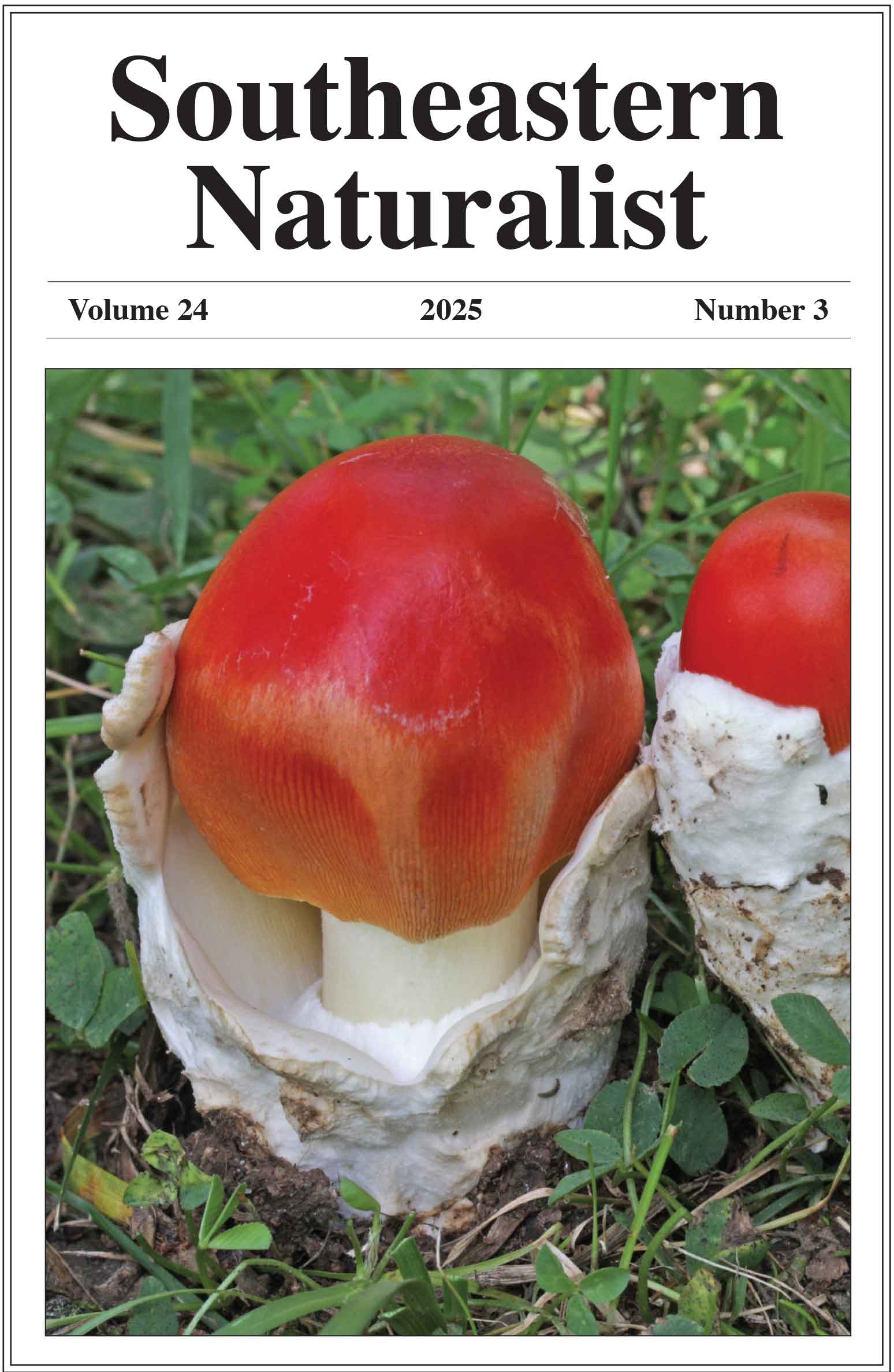Temporal Assessment of Eastern Spotted Skunk Geographic Distribution
Amanda E. Cheeseman1,2,*, Brian P. Tanis1,3, and Elmer J. Finck1
1Department of Biological Sciences, Fort Hays State University, Hays, KS 67601. 2Current address - Department of Environmental and Forest Biology, SUNY College of Environmental Science and Forestry, Syracuse, NY 13210. 3Current address - Oregon State University - Cascades, Bend, OR 97002. *Corresponding author.
Southeastern Naturalist,Volume 20, Special Issue 11 (2021): 24–38
Abstract
Spilogale putorius (Eastern Spotted Skunk) experienced range-wide population declines beginning in the mid-1900s with no clear understanding of the causal mechanism or whether such declines were associated with range contractions. Species-distribution models can provide a powerful framework to assess changes in landscape suitability in response to changing environmental conditions. Herein, we modeled time-stepped distributions of suitable environmental conditions for Eastern Spotted Skunks from 1938 to 2016 in Maxent, incorporating climate and land-cover predictors. Climate and land-cover variables reliably predicted landscape suitability of Eastern Spotted Skunks over time. We found a 37% decline in suitable area from historic predictions, consistent with reports of population declines in these areas. Our predicted landscape-suitability maps can be used to evaluate the current distribution of environmentally suitable conditions for the species as well as guide research and conservation efforts.
![]() Download Full-text pdf (Accessible only to subscribers. To subscribe click here.)
Download Full-text pdf (Accessible only to subscribers. To subscribe click here.)
Access Journal Content
Open access browsing of table of contents and abstract pages. Full text pdfs available for download for subscribers.
Issue-in-Progress: Vol. 24( 4) ... early view
Check out SENA's latest Monograph and current Special Issue in progress:













 The Southeastern Naturalist is a peer-reviewed journal that covers all aspects of natural history within the southeastern United States. We welcome research articles, summary review papers, and observational notes.
The Southeastern Naturalist is a peer-reviewed journal that covers all aspects of natural history within the southeastern United States. We welcome research articles, summary review papers, and observational notes.